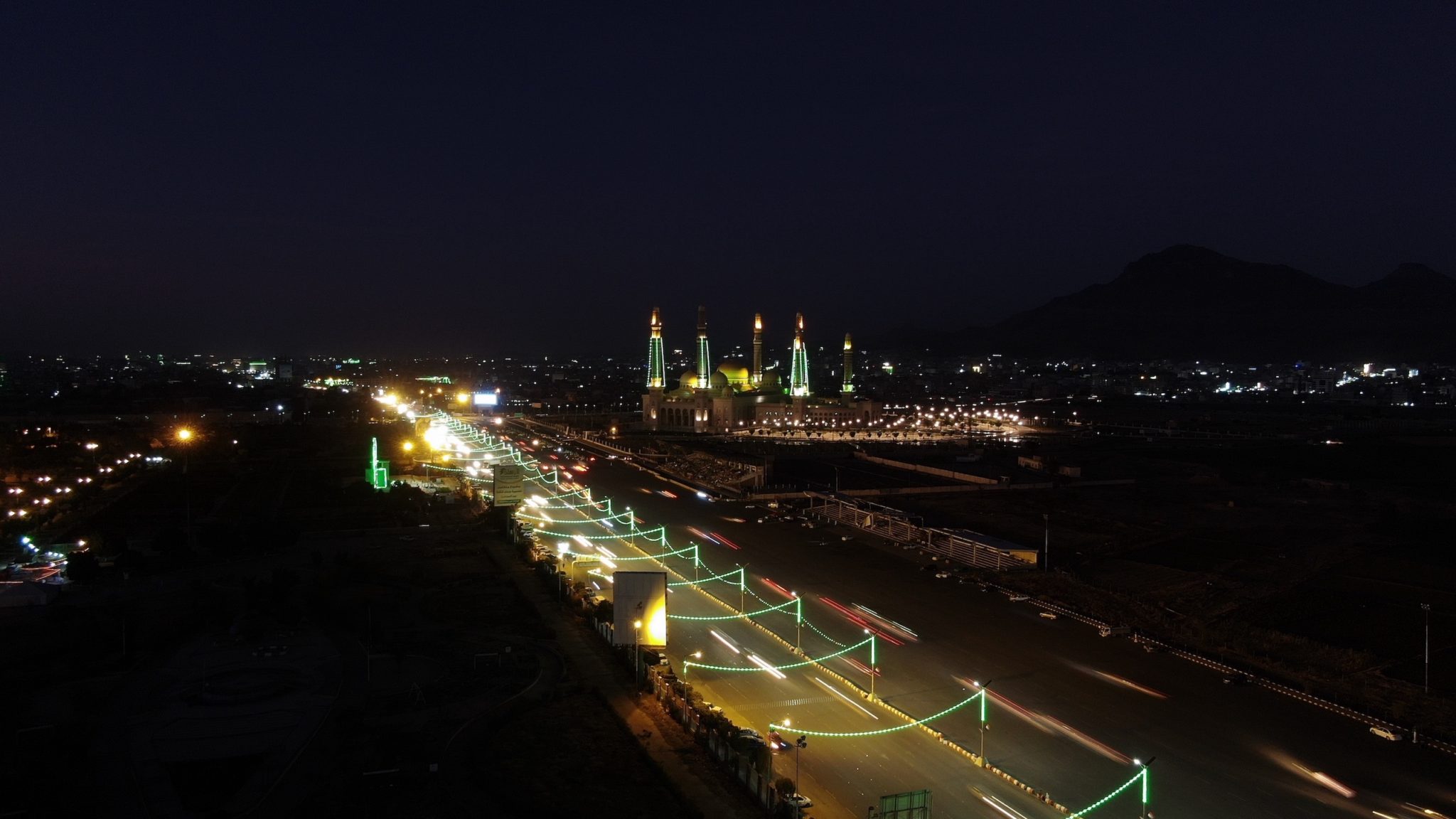White Papers
Priorities for the Recovery and Reform of the Electricity Sector in Yemen

Electricity is the backbone of any economy and one of the necessities of modern life. Poor electricity services in Yemen, even before the war, have been one of the key barriers to sustainable economic development and basic service provision (e.g., water supply, health care, education). This paper aims to lay out the top priorities for restoring electricity sector services and reforming the sector after the war. TWhe paper starts with an assessment of the electricity status prior to the war. It subsequently discusses the impact of the war on the electricity sector performance and the 1990s Power Sector Reform Model, followed by an identification of the key barriers faced by the sector.
The paper argues that the electricity sector, or power sector, in Yemen suffers from several chronic technical, political, economic and social challenges. These challenges are:
1) high dependency on diesel; 2) high electricity losses; 3) finance constraints; 4) lack of skilled employees; 5) security issues; 6) poverty and affordability issues; 7) inefficient and aging power plants; 8) corporatization and commercialization related issues; 9) unattractive market for private investments; 10) absence of supporting policies, laws and regulatory framework; and 11) absence of a clear vision on the form of the electricity sector after the war.
The paper concludes with a set of top priorities aimed at restoring the pre-war capacity of the sector and then further reforming the electricity sector towards improved performance. The immediate to short-term recommendations include adopting a realistic and practical recovery plan; securing funds for rehabilitating the infrastructure; reviewing the electricity tariff; reducing the technical and non-technical electricity losses; purchasing electricity when needed through a competitive process and via least-cost options such as gas and renewable energy; securing the fuel supply and the salaries of sector staff; resuming all suspended projects; finding sustainable and feasible solutions for the electricity supply in each governorate to avoid the challenges associated with the centralized grid; and installing sustainable stand-alone solar systems, compatible for connection to the national grid (when restored).
The medium to long-term priorities include specific recommendations under five categories, relating to 1) the legal and regulatory framework; 2) institutional arrangements; 3) capacity and performance; 4) private sector participation; and 5) technical issues.